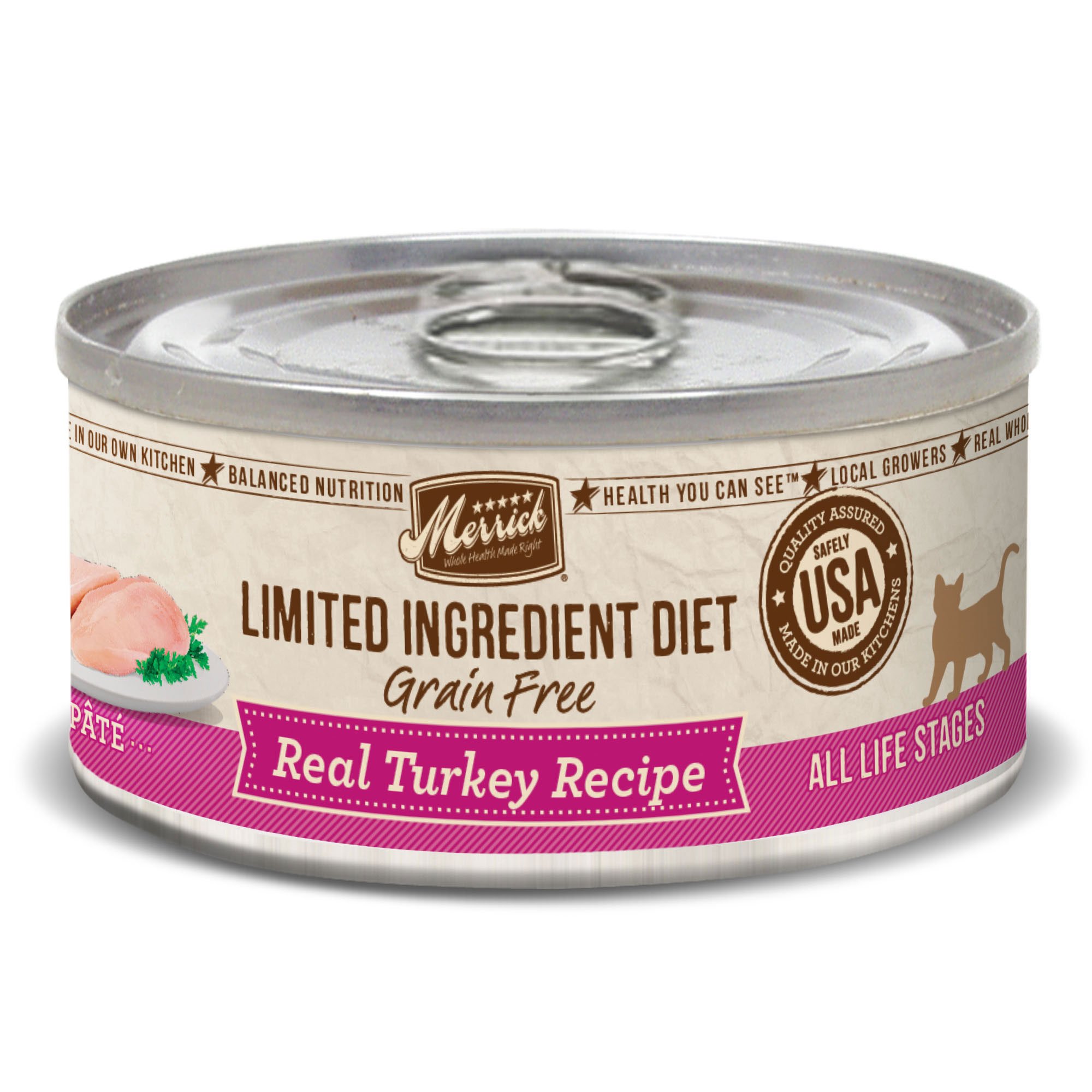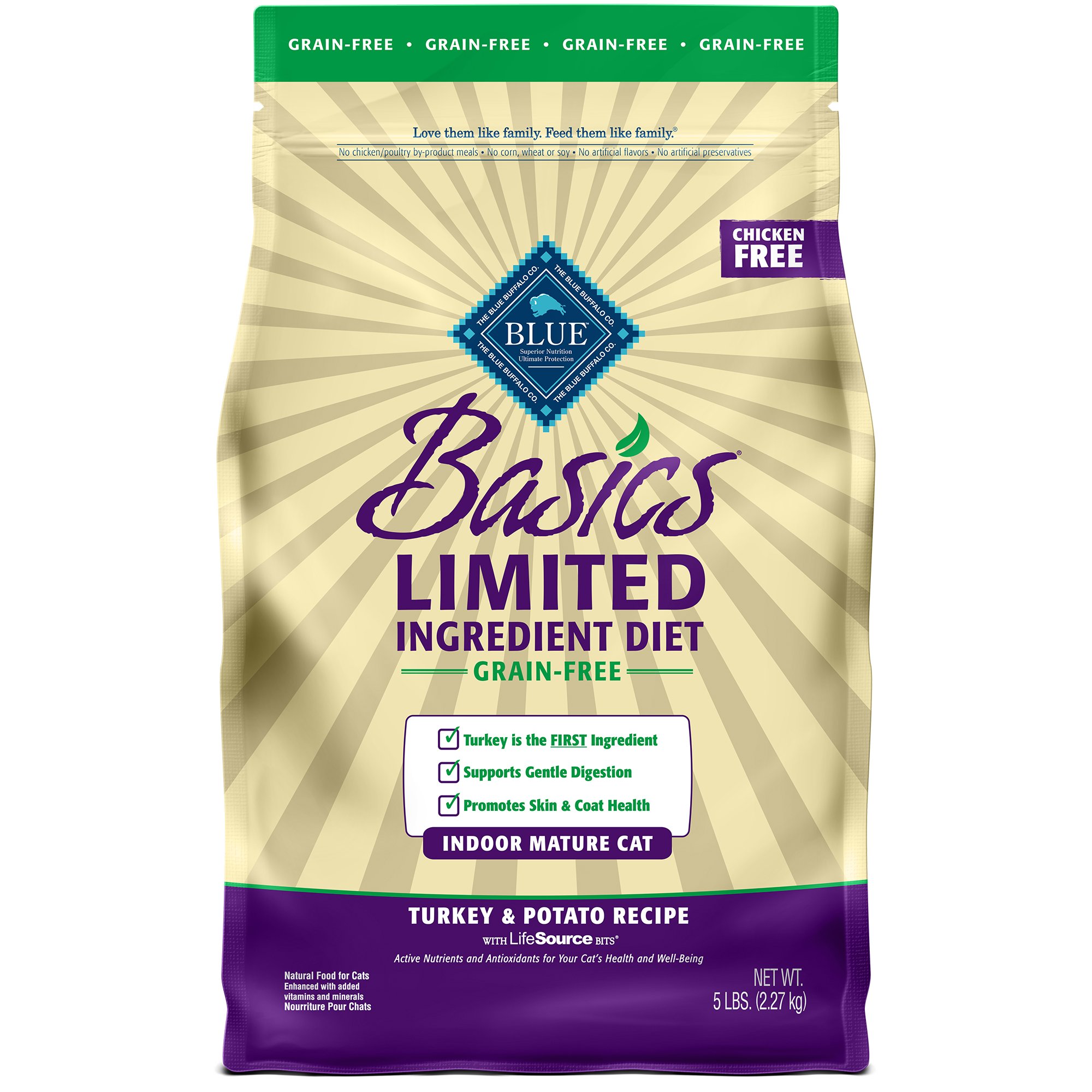Limited Ingredient and Grain-Free Cat Food: A Comprehensive Guide
As a cat owner, you want the best for your feline friend, and that includes providing them with a nutritious and delicious diet. In recent years, limited ingredient and grain-free cat food options have gained popularity, and for good reason. These specialized diets can offer a range of benefits for cats with sensitivities, allergies, or specific health concerns. This comprehensive guide will explore the ins and outs of limited ingredient and grain-free cat food, helping you make informed decisions about your cat’s nutritional needs.
Understanding Limited Ingredient Cat Food
What is Limited Ingredient Cat Food?
Limited ingredient cat food (LID) is formulated with a minimal number of ingredients compared to traditional cat food formulas. Typically, these diets focus on a single source of animal protein (such as chicken, salmon, or duck), a limited number of carbohydrate sources (like peas or sweet potatoes), and a short list of other essential nutrients. The goal is to reduce the potential for allergic reactions or digestive sensitivities by avoiding common allergens or irritants.
Benefits of Limited Ingredient Cat Food
- Reduced Allergen Exposure: By using fewer ingredients, LID diets minimize the risk of exposing cats to potential allergens that could trigger allergic reactions.
- Easier Digestion: Simplified formulas can be easier for cats to digest, especially those with sensitive stomachs or digestive issues.
- Allergy Management: LID diets can be a valuable tool in managing food allergies or intolerances in cats. By identifying and eliminating problematic ingredients, you can help alleviate symptoms such as itching, skin problems, vomiting, or diarrhea.
- Improved Skin and Coat Health: When food sensitivities are addressed, cats often experience improvements in their skin and coat health. Reduced inflammation and irritation can lead to a shinier coat and less itching or scratching.
Choosing the Right Limited Ingredient Cat Food
When selecting a limited ingredient cat food, consider the following factors:
- Protein Source: Choose a novel protein source (one your cat hasn’t eaten before) to minimize the risk of allergic reactions. Common novel protein sources include duck, rabbit, venison, or fish.
- Ingredient List: Carefully review the ingredient list to ensure it contains a limited number of ingredients and avoids any known allergens for your cat.
- Nutritional Adequacy: Ensure the food meets your cat’s nutritional needs. Look for a statement on the packaging indicating that the food is “complete and balanced” for your cat’s life stage.
- Veterinarian Recommendation: Consult with your veterinarian before switching to a limited ingredient diet, especially if your cat has underlying health conditions.
Exploring Grain-Free Cat Food
What is Grain-Free Cat Food?
Grain-free cat food is formulated without common grains such as corn, wheat, soy, and rice. Instead, these diets often rely on alternative carbohydrate sources like potatoes, sweet potatoes, peas, or tapioca. The rationale behind grain-free diets is that cats, as obligate carnivores, have evolved to thrive on a diet primarily composed of animal protein and may have difficulty digesting grains.
Benefits of Grain-Free Cat Food
- Potential for Improved Digestion: Some cat owners report that their cats experience improved digestion and reduced digestive upset on grain-free diets.
- Lower Carbohydrate Content: Grain-free diets may contain lower carbohydrate levels compared to traditional cat foods, which can be beneficial for cats with diabetes or weight management issues.
- Reduced Allergen Exposure: For cats with grain allergies or sensitivities, grain-free diets can eliminate a potential trigger.
Considerations When Choosing Grain-Free Cat Food
While grain-free cat food can be beneficial for some cats, it’s essential to consider the following:
- Carbohydrate Sources: Grain-free doesn’t necessarily mean low-carbohydrate. Check the ingredient list to see what carbohydrates are used as replacements. Some carbohydrate sources, like potatoes, can still have a high glycemic index.
- Nutritional Balance: Ensure the grain-free food provides complete and balanced nutrition for your cat’s life stage.
- Consult Your Veterinarian: Discuss your cat’s specific needs with your veterinarian to determine if a grain-free diet is the right choice.
Limited Ingredient vs. Grain-Free: Which is Right for Your Cat?
The choice between limited ingredient and grain-free cat food depends on your cat’s individual needs and sensitivities. Here’s a comparison to help you decide:
- Limited Ingredient: Best for cats with suspected food allergies or sensitivities, as it reduces the number of potential allergens in the diet.
- Grain-Free: Suitable for cats with grain allergies or sensitivities, or for those who may benefit from a lower carbohydrate diet.
- Both: Some cat foods are both limited ingredient and grain-free, offering a combination of benefits for cats with multiple sensitivities.
In some cases, you may need to try both types of diets to determine which one works best for your cat. It’s always best to consult with your veterinarian for personalized recommendations.
Transitioning to a New Cat Food
When switching your cat to a limited ingredient or grain-free diet, it’s important to transition gradually to avoid digestive upset. Here’s a general guideline:
- Day 1-2: Mix 25% of the new food with 75% of the old food.
- Day 3-4: Mix 50% of the new food with 50% of the old food.
- Day 5-6: Mix 75% of the new food with 25% of the old food.
- Day 7: Feed 100% of the new food.
Monitor your cat’s stool and appetite during the transition. If you notice any signs of digestive upset, such as diarrhea or vomiting, slow down the transition or consult with your veterinarian.
Conclusion
Limited ingredient and grain-free cat food options can be valuable tools in managing food sensitivities, allergies, and other health concerns in cats. By understanding the benefits and considerations of these specialized diets, you can make informed decisions about your cat’s nutritional needs. Always consult with your veterinarian before making significant changes to your cat’s diet to ensure you’re providing the best possible care for your feline companion.


